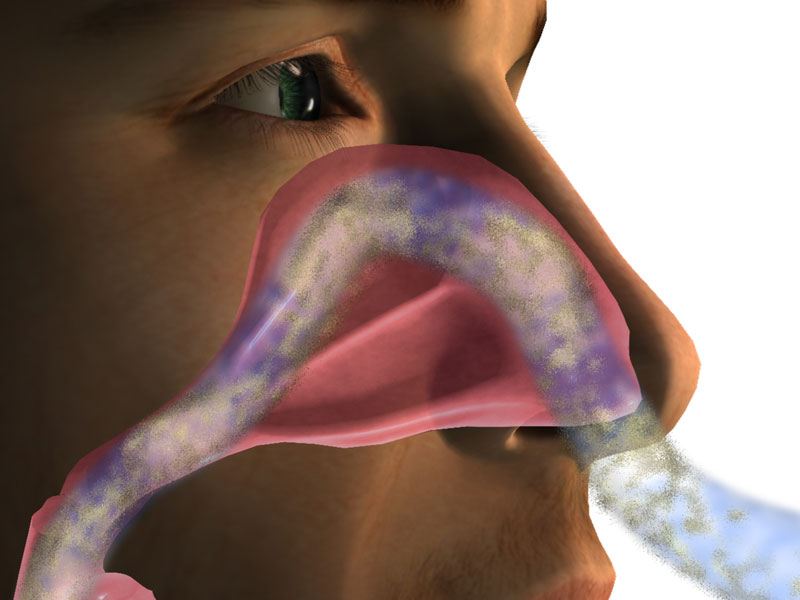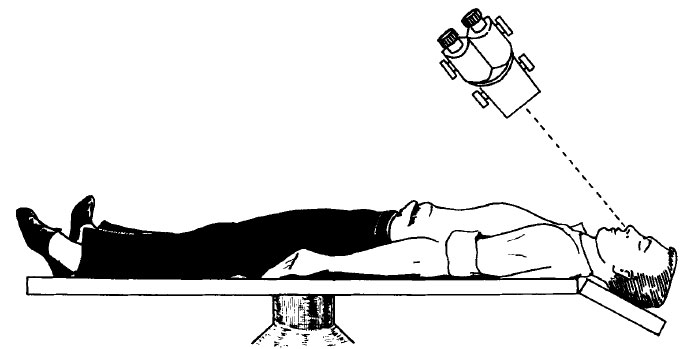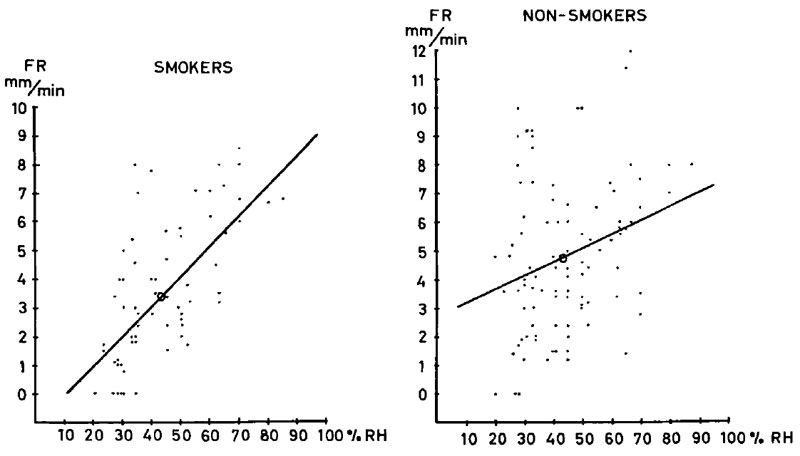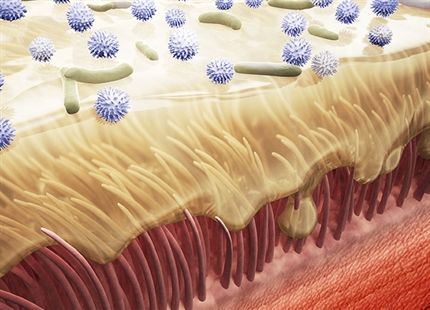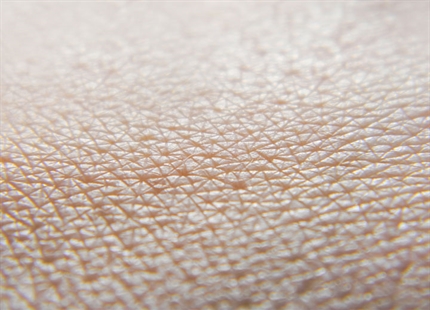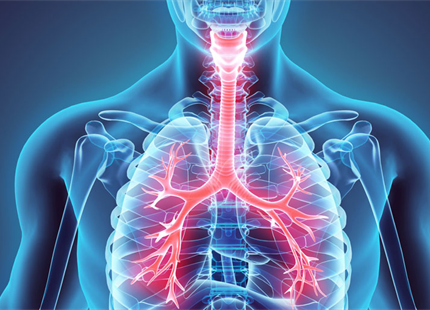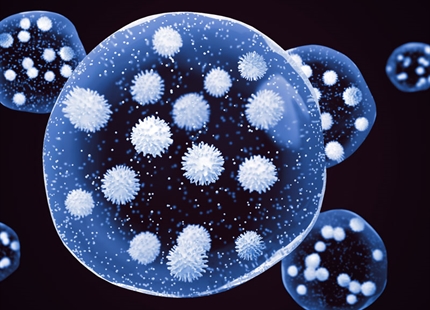Published: 1965 | Acta Otolaryngol Suppl. 1965;200:SUPPL 200:1-62.
On the mucus flow rate in the human nose
Ewert G.
Abstract
The objective of the study was to quantify the effects ambient relative humidity has on the mucociliary flow rate of the human nose.
Ewert developed a new in vivo technique, using a stereo-microscope for direct observation of dyed sub-micron powder tracers (calcium phosphate) placed inside subjects' nostrils. The stereo-microscope enabled a magnified and perfectly illuminated visibility of moving tracers on the nasal septum of subjects. The observed subjects were laying on their back, breathing room air (temperature 23 ±2°C, relative humidity 20 to 88%RH, depending on season, mean RH 43.55%).
The author in person measured the time period that tracers needed for a flow distance of 2 millimetres (mean observational time 30s).
174 adults (89 ♂, 85 ♀, 12-80 y., mean age 42.5, >50% smokers), all unselected patients of an Ear Nose and Throat Clinic in Stockholm, were investigated.
Ewert performed three measurements on each side of the nose and evaluated the median values in regards of relative humidity, smoking habits, gender and age. No difference was notable for gender or age.
Results
The data showed a continuous decrease (linear regression) in mucociliary flow rate below 70%RH. As the air became drier, mucociliary clearance slowed.
The mean flow rate of all subjects was 4.2 mm/min. (see graph). Smokers had a clearly diminished flow rate (3.6 mm/min vs 4.8 mm/min for non-smokers).
A steady difference in mucous velocity between the so called “slow side” and “fast side” confirmed the known phenomenon of “nasal cycle” (mucociliary flow velocity and air flow alternately increase and decrease, induced by congestion and decongestion of nasal mucosa).
